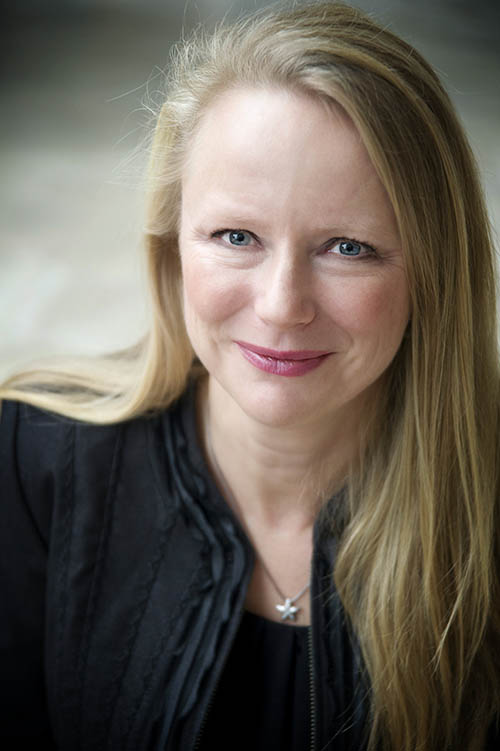Research Report: 2016-2018
▼ Choose a report:

Powered by Research & Graduate Studies

Powered by Arts and Social Science

Powered by Fine Arts

Powered by Science and the Environment


Canada is well-known around the world for its contribution to subatomic physics research, and Grenfell’s new physics program is now allowing its students and faculty to contribute to cutting-edge international projects. One of such projects, MOLLER (Measurement Of a Lepton-Lepton Electroweak Reaction), involving collaborators from Canada, USA, Germany, Italy, France and Mexico, is looking for new particles and interaction to explain the Dark Matter in our universe, among other puzzling physics phenomena. At Grenfell, Dr. Svetlana Barkanova and her colleagues have contributed to this effort by evaluating electroweak radiative corrections, with a never-before-achieved precision made possible by our novel computing methodology.
In collaboration with Dr. A. Aleksejevs and the Canadian MOLLER group, they received $614,000 in NSERC grants allowing them to support four graduate students and several undergraduate research assistants. The first student to do a PhD in subatomic physics at MUN, Shihao Wu, started in 2016. In 2018, after $35M of funding for the MOLLER project was approved by the US Department of Energy, the Canadian group has developed a $2.4M CFI application, to be submitted in 2019.
Another new exciting project their physics group started in 2018 is a novel partnership program blending research and science outreach. By building on complementary expertise and resources at MUN’s Grenfell Campus, the Qalipu First Nation and Parks Canada, they have developed a long-term scientific and cultural outreach program for youth in the Western Newfoundland region, especially rural youth, girls and Indigenous students. The project was awarded $10,000 by MUN’s Public Engagement Accelerator Fund and $34,000 by NSERC PromoScience.